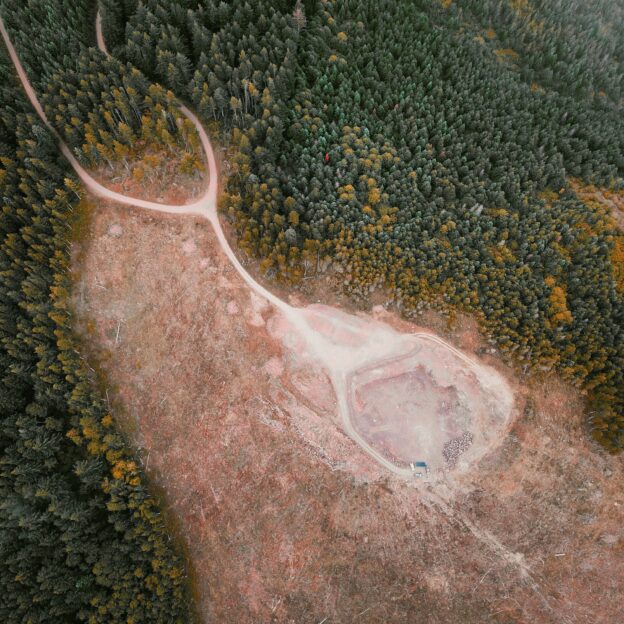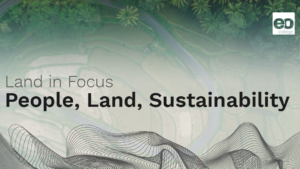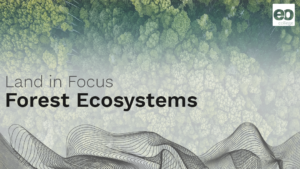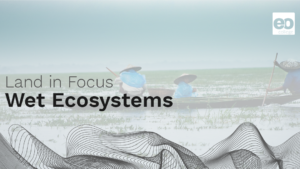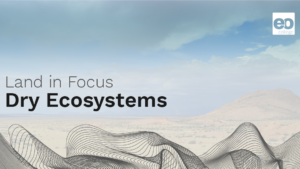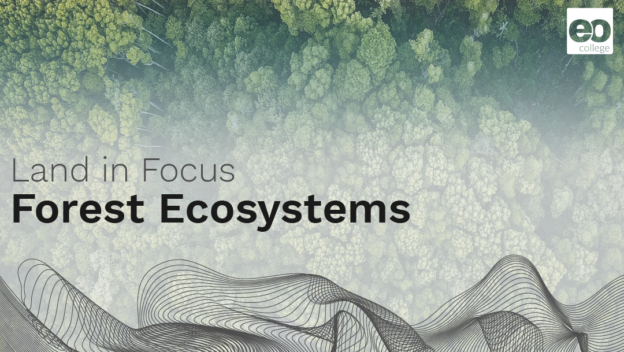Forests are responsible for supporting essential life processes, from purifying the air we breathe to maintaining healthy soils and clean water sources. Around the world, communities rely on the ecosystem services provided by forests to support their livelihoods. However, deforestation and forest degradation are threatening forest ecosystems worldwide, thus disturbing the climate change mitigation which forests provide, and which we desperately need.
Using remote sensing satellites and techniques, we are able to map and monitor forests. This enables us to view changes in forest cover, alert authorities about deforestation events, and monitor the relationship between forests and greenhouse gasses (GHG’s).
In this course, you will learn about the drivers of deforestation as well as how satellites and time series disturbance detection methods can identify deforestation events, even in areas masked by clouds. In the final lesson on Biomass Estimation, you will learn why tracking biomass is important, how it’s done, and how to overcome inaccuracies when estimating biomass.
The instructors and approximate time estimate for the lessons are as follows:
- Forest Monitoring: Johannes Reiche, Johannes Balling, Eliakim Hamunyela. (75 – 90 minutes)
- Biomass Estimation: Martin Herold, Alvaro Lau Sarmiento, Arnan Araza, with help from Sarah Carter. (75 – 90 minutes)
In the hands-on portion of the lessons, you will:
- Forest Monitoring: Identify deforestation events using optical data (Mozambique) and radar data (Republic of Congo)
- Biomass: Assess above ground biomass map accuracy and quantify these uncertainties using the PlotToMap tool (Global)
Forest Monitoring
Introduction The alarming rate of human-induced forest loss combined with more frequent extreme climate events strongly increase the pressure on…
Biomass Estimation
Learning objectives of this topic Define biomass Describe how biomass is derived from space Identify markers of quality biomass estimations…
Related courses
Funded by
Course Content
About Instructor



